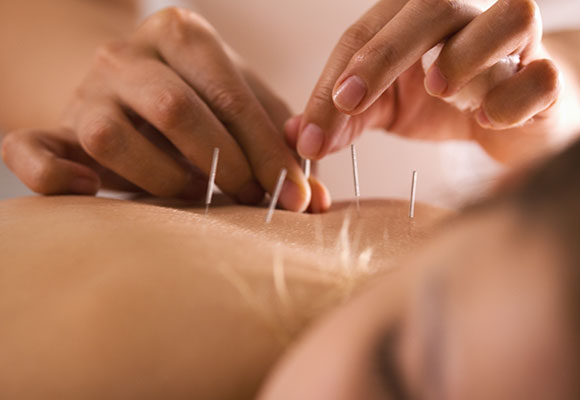Acupuncture is well known for successfully treating pain, all kinds of pain, acute and chronic, and resulting from a variety of injuries or conditions, from neurological to muscular to structural, etc.
Acupuncture is estimated to have originated about 2,000 years ago in China. It is a therapeutic tool used in Chinese Medicine, a distinct and complete system of medicine with its own anatomy & physiology, pathology, method of diagnosis, and treatment.
For instance, many people these days are somewhat familiar with terms associated with Chinese Medicine such as Qi, Yin, and Yang. In my practice I find it’s easier to explain how acupuncture works in a way people can relate to biomedicine.
Thousands of years ago, the Chinese were among the first to recognize that human anatomy runs longitudinally (i.e., the skeletal, vascular, and neurological systems are arranged longitudinally). Part of the anatomy of Chinese Medicine includes a system of meridians (sometimes called channels) that run longitudinally in segments from head to toe.
Acupuncture points are distinctly located along these meridians and often on anatomical landmarks such as where muscles attach to bone, and there’s high amounts of activity and communication in these areas. For example, some acupuncture points are regarded as neurological relaxation points because they’re in areas of the body with the highest proprioceptive input and Vagus nerve stimulation.
With proper needle placement, acupuncture releases important biochemicals such as red and white blood cells, as well as the neurotransmitters endorphins and enkephalins. Very generally speaking, when placing acupuncture needles in these areas, it creates an immune response that initiates the release of these biochemicals which support healing and repair.
Acupuncture works best with frequency. Two to three treatments a week is usually recommended in order to keep the biochemical momentum going. Eventually, the body may respond and react more efficiently to resolving pain. An analogy I like to use in practice is acupuncture can be compared to a gardener training a vine to climb a trellis. With frequency, it may help regulate the release of the biochemicals involved in healing and repair.
In summary, acupuncture supports and accelerates healing mechanisms of the body that are always working. When there’s chronic pain, these systems are not working efficiently, so acupuncture helps to correct that. In addition to healing injury at the location site, studies show that acupuncture also alleviates pain by altering the neurological processing of pain.
Maria Lopez, MSTOM, L.Ac.



